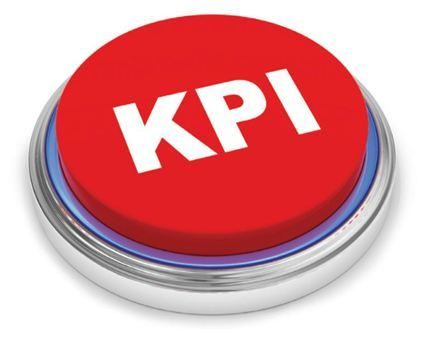It may not seem like it at first glance, but properly thought-out Key Performance Indicators (KPIs) can be the difference between success and failure for your team and organisation over the long run.
- Ace your KPIs | Finance Indaba Africa 2017 | invite code FB2017 | REGISTER HERE
Prudent managers understand that KPIs that are in sync with the overall organisational strategy are of benefit to all stakeholders and that continual measurement of analysis of results is key to reaching targets. Clearly defined KPIs help ensure that employees are living up to their potential and that their work is in line with company requirements. Because KPIs often gauge abstract targets, identifying useful ones can be a challenge. Here are five pitfalls pertaining to your optimal use of your human resources.
Many managers struggle to accurately describe objectives and base their goals on dubious performance measures, such as "feel good" measures that give a false sense of security while the underlying issue remains unresolved or mixed metrics, which involves measuring something that could be either good or bad for the organisation. This results in vague targets, which make life difficult for both management and employee.
Unrealistic expectations of employees are a common problem that can quickly demotivate the workforce and culminate in falling performance levels. An efficient manager will find a balance between extremely challenging targets and those that do not pose enough of a challenge, tailoring them to meet the demands of each individual. One way to ensure this is to get the employee's feedback on what they think their potential is and look at what those who filled the role previously achieved.
However, basing goals purely on past performance is a surefire way to discourage an employee from taking initiative and opt for meeting the bare minimum required instead. Targets should be progressive and future-focused and lead to continually rising standards, eventually resulting in an organisational culture of assiduity. It is important that both manager and employee share a vision and agree on the expectations and roles defined.
Concentrating solely on financial goals is tempting when setting targets, but in today's knowledge economy, company value is increasingly attributable to non-financial business drivers and the intangible assets of an enterprise. These elements of the business, such as customer relations and service, can often have a greater impact on the bottom line.
Not all data analysis programs are created equally, and those that don't allow for the tracking of employee goals have a major deficiency. Being able to identify characteristics is one factor, but knowing how to measure them is also important. Management consultant Peter Drucker once said: "What's measured, improves.", but despite companies holding a preponderance of data, few are experts at defining and implementing metrics.











